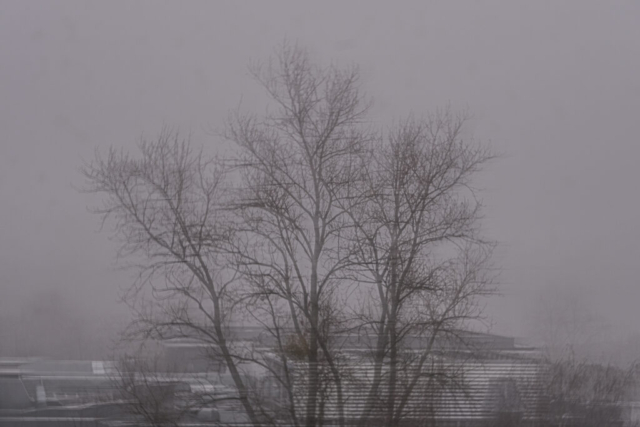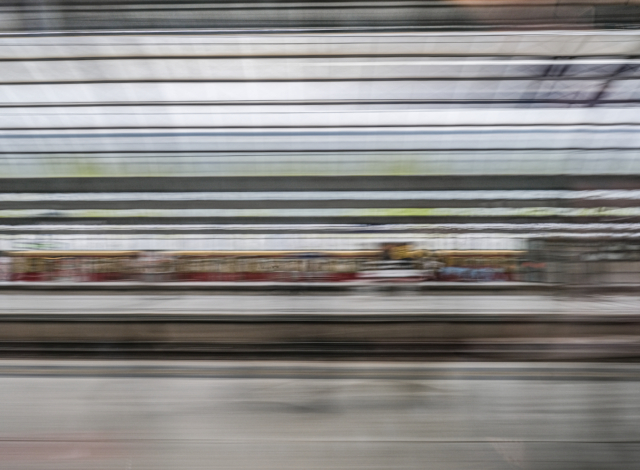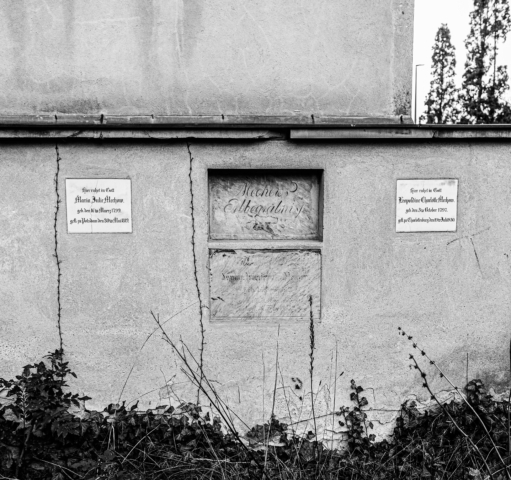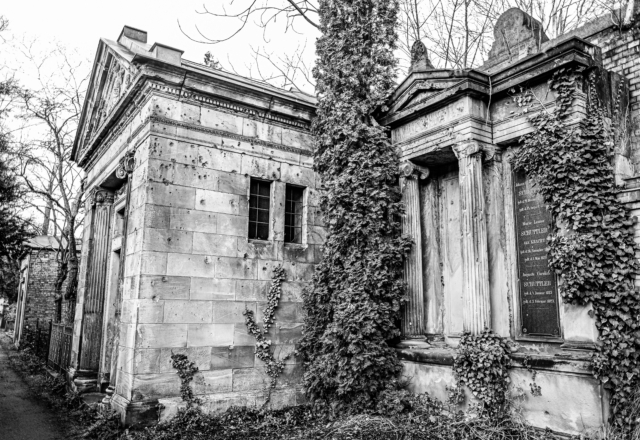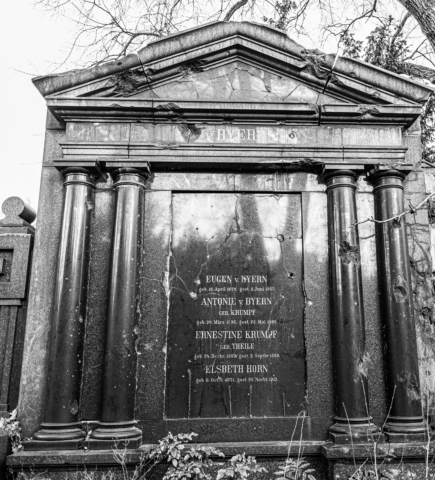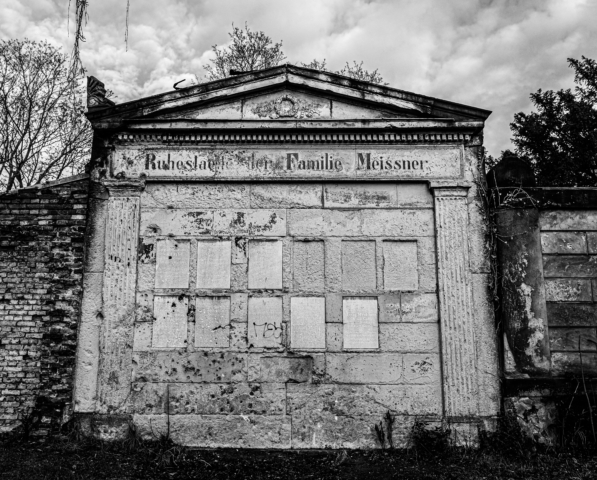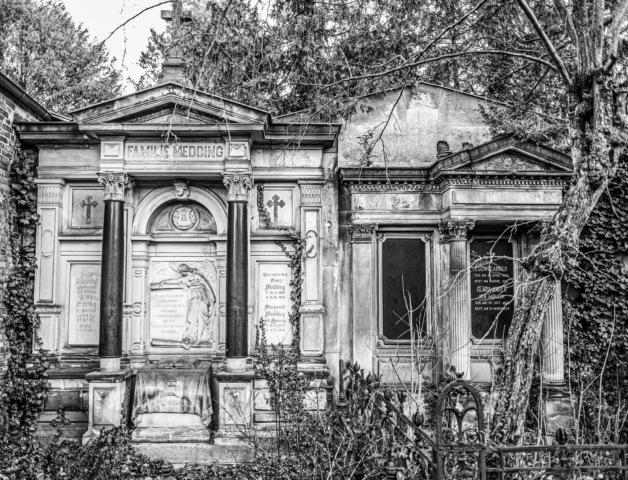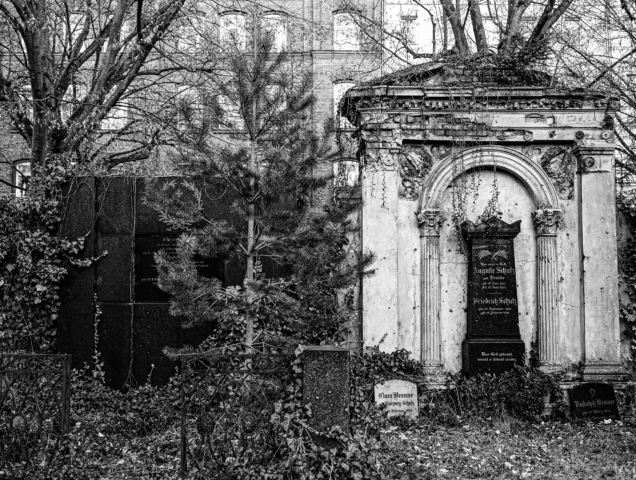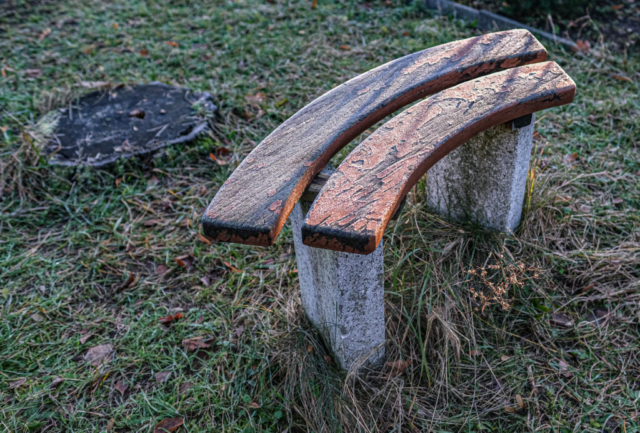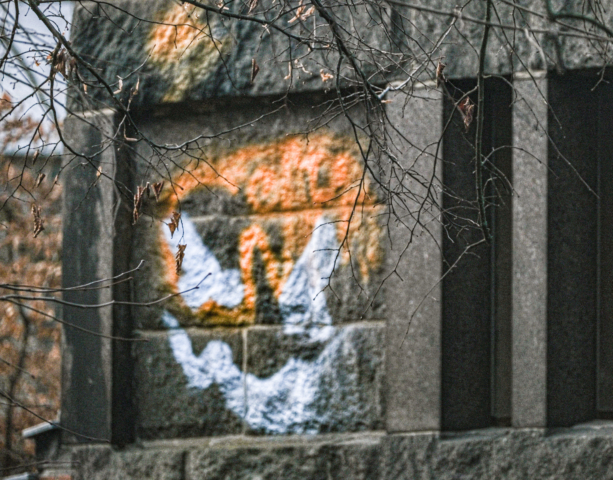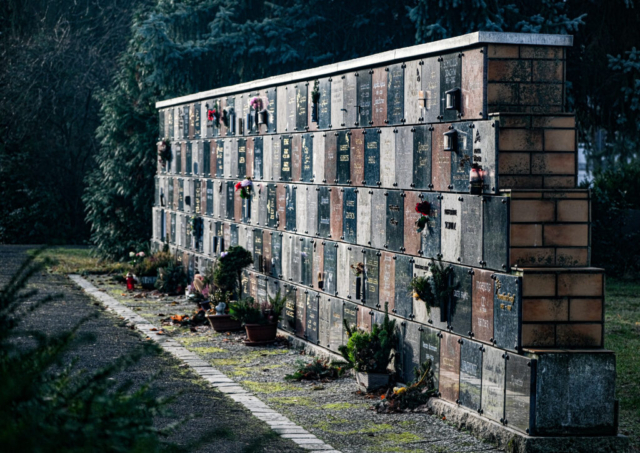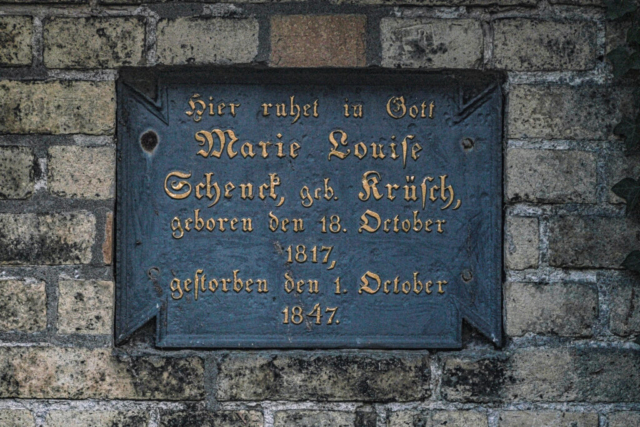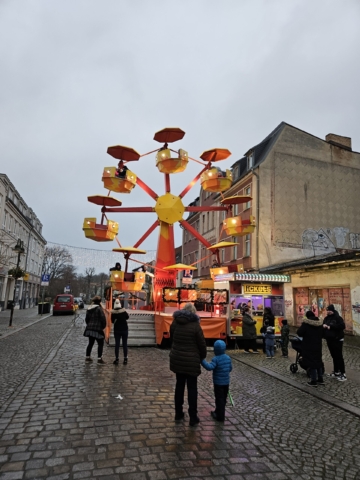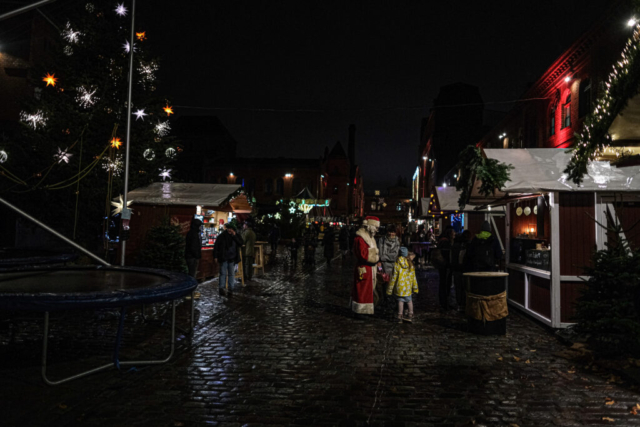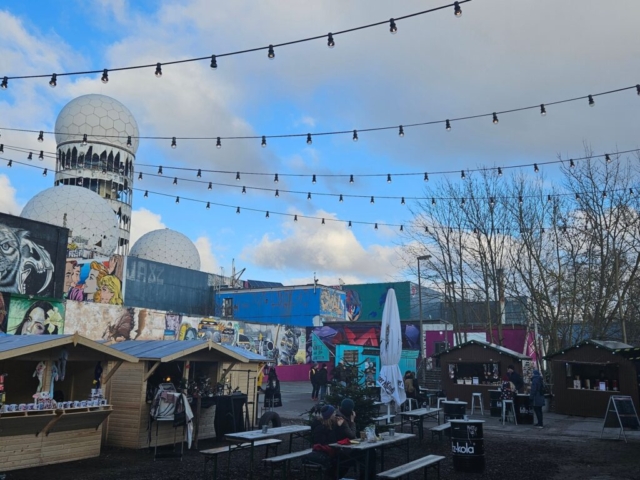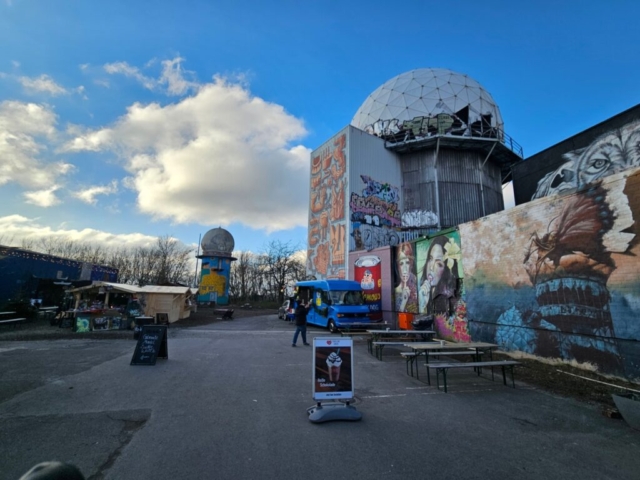LAST UPDATED 16 December PM
This is a continuation of the post about Christmas markets in 2023, which is when I started the quest of taking myself out of my comfort zone and visit and photograph as many of them as possible.
The ones I did not manage to visit are listed here.
NOTE: If you are looking for inspiration, you should primarily use the post from 2023, since this list only comprises those I did not manage to visit last year. Please also double-check dates and times in the links given.
ONLY ON 24 November
Natural and unprocessed at Ökowerk.
ONLY ON 30 November
Alt-Buckow Christmas Market
ONLY ON 29 November-1 December
“Small but stylish” (Swedish)
VISITED 30 November: “Small but fine” in the medieval village of Alt-Marzahn. Fr 14-22, Sa 12-22, So 12-22. Underwhelmed. Only redeeming feature: One stand with West-African streetfood. I had expected a bit more in Marzahn. Just a couple of photos, starting with a typical Berlin sight as seen from my home that morning: Garbage in trees. Very popular, in fact too popular to everbe removed. The trash on the photo came from the infinity building site next door during a storm years ago, and although Cresco Capital has the equipment to remove it, they would not dream of it.
ONLY ON 30 November-1 December
A piece of Danish Christmas culture. 12.00-18.00, Admission free.
Holy Shit Shopping (that IS what it is called): Admission 8 euro. From 12.00 to 19.00.
ONLY ON 1 December
Church choir and handmade gifts in Lübars. This ought to be idyllic, and can be combined with a highly recommended walk up to Köppschensee. Unfortunately, again this year, I will not be able to make it.
Long-standing tradition on the outskirts of Berlin. Lichtenrade.
Around the Grunewald Church.
Evang. Johannesstift, Zehlendorf
VISITED on 1 December: Along the Landwehrkanal*). Nowkoelln X-mas flow. 10-16.30. The Nowkoelln Xmas Flow takes place at the Maybachufer in Neukölln, directly at the Landwehrkanal between Volkspark Hasenheide and Görlitzerpark.
Why on earth this is called a Christmas market is beyond me. Nothing christmassy about it. Just piles of second (at least) hand junk. One stand with Japanese street food as the redeeming feature. Still, the weather was nice and the walk there along Landwehrkanal pleasant:
ONLY ON 1 AND 8 December:
“Potters, painters, arts and crafts, fashion and jewellery designers”. Artisan advent in Charlottenburg.
Evang. Johannesstift, Zehlendorf
ONLY ON 6 December:
Strausberg. Not in Berlin, but I will attempt to visit this one
ONLY ON 6-8 December:
Rixdorf – a lot of home-made stuff: “Berlin’s most romantic Christmas market.”
Museumspark Rüdersdorf.
Burg Storkow
ONLY ON 7 December
“A very British Christmas” at St. George’s Church
Schiffshebewerk Finow on my wishlist every year but so far, I have not managed to fit it in.
ONLY ON 7-8 December:
Christmas market for dogs and their humans. (Why am I not surprised?)
Italian Christmas market. Street-food etc.
Arts and crafts, sausages and mulled wine, in Frohnau.
On the banks of the Havel River: Christkindlmarkt Kladow
Fairytale Christmas market at the oldest surviving castle in Berlin.
Kunstadvent in Berlin-Friedrichshagen.
“Typically Berlin Atmosphere at Bröhan”.
Weihnachtsbazar Britz
ONLY ON 8 December:
Alt-Glienicke Adventsmarkt
Woltersdorfer Schleuse
ONLY ON 8, 15, AND 22 December:
Indoors in Markthalle IX.
Artisan at Mexicoplatz.
Weddingmarkt Christmas edition
FIRST THREE ADVENT WEEKENDS
VISITED 1 December: By many called the prettiest Christmas market in Berlin – Späth’sche Baumschule
Very cosy with a stage, and a big fire, and good quality things to buy if that is what you are looking for. Also the nice “Hofladen” was open. Relatively crowded. Did not take any photos (too cold :-)).
ON ALL WEEKENDS IN ADVENT
Nordic/Medieval at Schloss Britz
Atmospheric at Domäne Dahlem
ON EVERY ADVENT SUNDAY
Sustainable consumption at Kollwitzplatz eco market.
ONLY ON 13 to 15 December:
VISITED 14 DECEMBER: Alt-Stadt Strausberg
Of course not in Berlin, but I wanted to take a closer look at Strausberg wich is only about an hour away on the S5. I gave up the original plan to walk around the lake first – too cold, dark and drizzly – but the Christmas market was cozy. However, not cozy enough to actually take my camera out of the rucksack, so just took a few smartphone snaps (The first two on the way from the station:
Not in Berlin but would like to visit: Königs Wusterhausen
ONLY ON 14 December:
Dicke Linda Christmas Market at Kranoldplatz. NOTE: In Neukölln
Covered Christmas stroll on Kranoldplatz. NOTE: In Steglitz
ONLY ON 14 to 15 December:
Unconventional in a cool location in Prenzlauerberg
ONLY ON 15 DECEMBER:
Teltower Weihnachtsmarkt
ONLY ON 21 and 22 December:
VISITED 21 DECEMBER: A falconry show and Jochen the talking elephant in Westend. I went mostly for the – alledged – falconry show but saw no signs of that being true at all. There were some stands with good quality things – for example had I been looking for things like gloves, hats, scarves …. I could easily have found something I liked. Relatively well visited though the atmosphere a bit subdued, or maybe that was just my imagination, after the Magdeburg tragedy the day before.
VISITED 22 DECEMBER: Arts, crafts and delicacies in the very south of Berlin. (Rudower Weihnachtsmeile). Quite nice, some interesting streetfood, including Chinese. As in Westend yesterday, the atmosphere seemed a bit quiet.
Monday to Thursday 14.00-22.00; Friday and Saturday 14.00-23.00; Sunday and holidays 12.00-21.00. Closed 24 December. Entrance free.
From 15 November to 16 Februar:
Winterwelt Grünau
From 18 November to 30 December:
All-inclusive next to an iconic bridge over the River Spree*). Note high admission fee and online tickets with much included in the way of drinks and food. At the Spreespeicher at Oberbaumbrücke
From 25 November to 22 December:
VISITED 28 November: A piece of Scandinavia in Berlin
Moose sausages and other game products. And if you want – alledgedly – real glögg, and not the wishy-washy Glühwein, this market claims to have the real deal. I saw Danish, Finnish, Icelandic and Swedish glögg on offer. (Or you can make your own).
Frankfurt (Oder)
From 25 November to 30 December:
In Hellersdorf
VISITED ON 12 DECEMBER: Tempelhofer Hafen. Very small, traditional, with “the usual suspects” plus one stand with Tibetan street food. For some strange reason does not make the best of the location right next to the harbour. Did not take any photos.
From 28 November to 1 January:
“Berlin’s highest Christmas market”. Highest is undoubtedly true, but calling it a market is a bit of a stretch. Too boring – and cold – to even take my camera out of the rucksack, so just took a few smartphone snaps, except one photo I took on the way back to S Grunewald:
Also: (Not in Berlin but would like to try to squeeze them in
25.11.-22.12.: Rostock (combined with a walk on the beach in Warnemünde)
30.11.-4.01. Warnemünde
25.11.-22.12: Frankfurt (Oder) (also one 7.-15. December)






